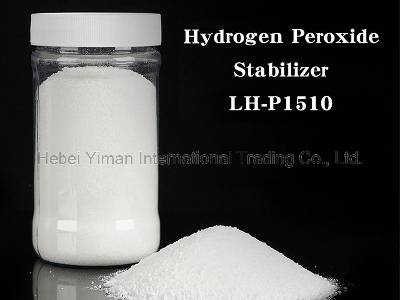Reactive Dyeing has a very good dissolution state in water. Reactive dyes mainly rely on the sulfonic acid group on the dye molecule to dissolve in water. For meso-temperature reactive dyes containing vinylsulfone groups, except for sulfonic acid groups In addition, its β-ethylsulfone sulfate is also a very good dissolving group. In the aqueous solution, the sodium ions on the sulfonic acid group and the -ethylsulfone sulfate group undergo a hydration reaction to cause the dye to form anion and dissolve in the water. The dyeing of reactive dyes relies on the negative ions of the dyes to be dyed to the fiber. The solubility of reactive dyes exceeds 100 g/L.
The solubility of most dyes is 200-400 g/l, and some dyes can even reach 450 g/l.
But in the dyeing process, the solubility of the dye will decrease due to various reasons (or even completely insoluble).
When the solubility of the dye decreases, part of the dye will change from a single free negative ion to particles, and the charge repulsion between particles is greatly reduced.
Particles and particles will attract each other to form agglomeration
In this kind of aggregation, the dye particles assemble into aggregates, then into aggregates, and finally into flocs. Although the floc is a loose collection, due to the electric double layer formed by positive and negative charges around it, it is difficult for the shear force of the general dye liquor to decompose it, and the floc is easily on the fabric. Precipitation on the surface, resulting in surface staining or staining.
Once the dye has such agglomeration, the color fastness will obviously decrease, and it will cause different degrees of stains, stains, and stains. For some dyes, the flocs will further accelerate the assembly under the shear force of the dye liquor, causing dehydration and salting out. Once salting out occurs, the dyed color will become extremely light, or even not dyed, even if it is dyed, it will be serious color stains and stains.

Reactive Dyeing
Causes of dye aggregation
The main reason is the electrolyte. In the dyeing process, the main electrolyte is the dye accelerant (sodium sulphate powder and salt). The dye accelerant contains sodium ions, and the sodium ion equivalent in the dye molecule is much lower than that of the dye accelerant. The equivalent number of sodium ions and the normal concentration of the accelerator during the normal dyeing process will not have much influence on the solubility of the dye in the dye bath.
However, when the amount of the dye-promoting agent increases, the concentration of sodium ions in the solution also increases. Excessive sodium ions will inhibit the ionization of sodium ions on the dissolved groups of the dye molecules, thereby reducing the solubility of the dye.
When the concentration of the dye accelerator exceeds 200 g/L, most dyes will undergo different degrees of aggregation.
When the concentration of the dye accelerator exceeds 200 g/L, most dyes will undergo different degrees of aggregation.
When the concentration of the dye-promoting agent exceeds 250 g/L, the degree of agglomeration will intensify, first forming agglomerates, and then quickly forming agglomerates and floccules under the shear force of the dye solution. For some dyes with low solubility, Part of it salted out and even dehydrated.
Dyes with different molecular structures have different anti-aggregation and salting-out resistance. The lower the solubility, the worse the anti-aggregation and salting-out resistance.
The solubility of the dye is mainly determined by the number of sulfonic acid groups in the dye molecule and the number of β-ethylsulfone sulfates.
At the same time, the greater the hydrophilicity of the dye molecule, the higher the solubility, and the lower the hydrophilicity, the lower the solubility. (For example, dyes with an azo structure are more hydrophilic than dyes with a heterocyclic structure.) In addition, the larger the molecular structure of the dye, the lower the solubility, and the smaller the molecular structure, the higher the solubility.
We are a Reactive Dyeing supplier. If you have any demand for our products, please feel free to contact us.
Post time: Aug-01-2020

